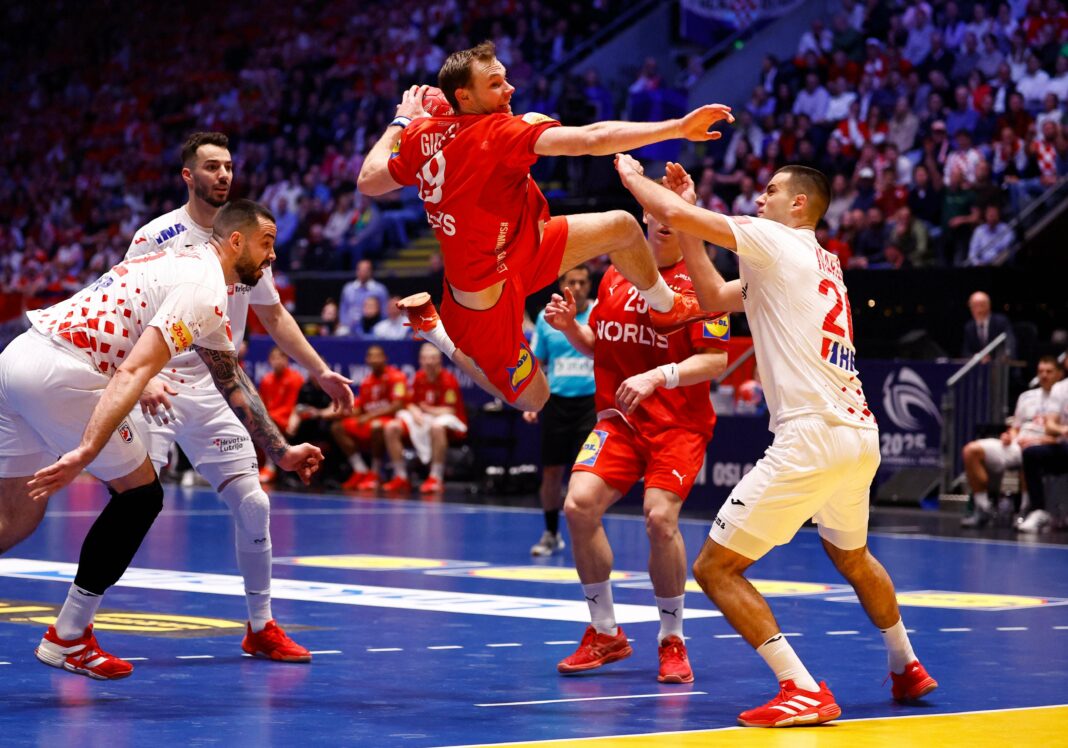Denmark showcases an exceptional handball legacy, recently securing its fourth consecutive World Championship title by defeating Croatia 32:26. Handball is deeply ingrained in Danish culture, with significant Olympic success and widespread participation among youth. The Danish Handball Federation emphasizes grassroots development, fostering talent through local clubs and schools. Financially supported by sponsorships and events, the federation aims to sustain this success while nurturing young players for future competition on the world stage.
Denmark’s Unmatched Handball Legacy
Denmark continues to reign supreme in the world of handball, showcasing its unmatched talent and determination. In the recent Handball World Championship final held in Oslo, Croatia faced the formidable Danish team, which emerged victorious with a score of 32:26. This triumph marks Denmark’s fourth consecutive world championship title, solidifying their status as a powerhouse with an impressive unbeaten streak of 37 games in World Championship history. Such dominance is truly unprecedented in the realm of handball.
The Roots of Handball in Danish Culture
Beyond their championship accolades, Denmark has also made a significant impact at the Olympic level, reaching the finals in the last three tournaments and securing gold medals in both Rio de Janeiro in 2016 and recently in Paris. With a population of just six million, approximately 100,000 Danes play handball, demonstrating how deeply embedded the sport is in the fabric of society. In fact, eight out of the ten most-watched television programs in Denmark last year were handball matches. However, the rise of Denmark as a handball giant began in humble settings, with small halls serving as the breeding ground for future stars.
Søren Skaastrup Frydendal, a talent manager at the Danish Handball Federation, plays a crucial role in nurturing young talent. He oversees the development of players who enter the federation’s system around the ages of 14 or 15 and is responsible for the U-21 national team. Frydendal is currently organizing training sessions for the best young talents, emphasizing the essential role that local clubs play in player development. “We have a strong foundation and encourage players to remain with their clubs for as long as possible,” he states.
Clubs serve more than just a training ground for juniors; they are vital social hubs as well. According to Frydendal, “Young people learn the importance of community there. Especially during winter, handball becomes an integral part of our lives.” Unlike many other countries, Danish sports halls remain accessible, allowing children and teens to play freely when not in use.
During training sessions and junior matches, these halls become bustling social venues where children engage in sports while parents gather for coffee and cake, exemplifying the Danish concept of hygge—a cherished tradition of cozy gatherings with loved ones.
Handball is also a cornerstone of school sports in Denmark. The sport is introduced as early as kindergarten, with some schools even offering morning training sessions for young children. Popular handball camps during the summer holidays further fuel the passion for the game. Despite the Danish Handball Federation’s ambitious goals, the primary focus remains on fostering enjoyment in team sports. Frydendal adds, “Even if someone doesn’t make it to the top league, they might find fulfillment as a coach, referee, or official in the future.”
The financial strategy behind talent development in Denmark is noteworthy. The federation has built up reserves, with operations for both the women’s and men’s national teams being funded through television deals, sponsorships, and revenues from hosting major tournaments. Denmark is set to co-host the European Championship next year and again in 2028, alongside another World Championship in 2031. Profits from these events are reinvested into grassroots initiatives.
To support clubs effectively, the federation has appointed 20 full-time club advisors who assist with coach training, financial planning, and infrastructure development. Frydendal emphasizes, “We aim for a partnership at eye level with the clubs.”
Young athletes are provided ample time for growth. After nine years of schooling, students can prepare for their Matura in a boarding school during the tenth grade, where they can also receive training in music, theater, or handball at the “Efterskole.” Notably, players continue to compete for their home clubs rather than school teams. “Experience shows that this tenth school year can be pivotal for young players,” says Frydendal.
The prestigious sports school located in Oure, a small village on the island of Funen, has produced a significant portion of Denmark’s handball elite, including renowned players like Mikkel Hansen and Mathias Gidsel.
The overarching goal remains clear: to retain and nurture young talent within the system for as long as possible. Frydendal acknowledges that talent development varies, using Simon Pytlick and Gidsel as examples of players who blossomed later in their careers. “When they were 17, they didn’t stand out among their peers, but their growth came later,” he reflects.
As for the future of Danish handball dominance, Frydendal recognizes financial challenges, even though the federation is currently in a strong position. “If countries like France or Germany increase their investments in handball, it will be intriguing,” he notes. Nevertheless, his optimism shines through when he considers the young players in training. “If they continue on this path, we will remain part of the world elite for many more years to come.”
